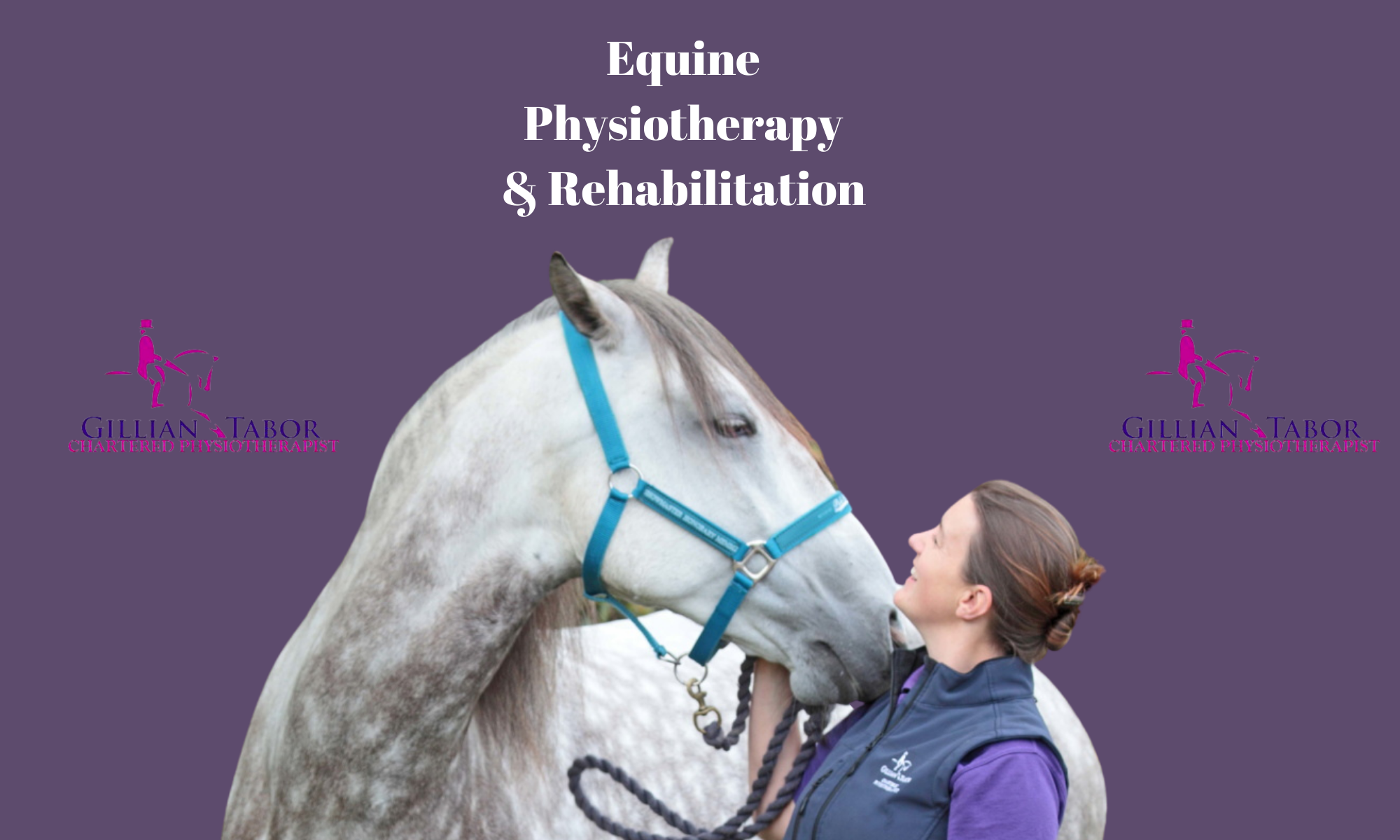Part 1 of an honest reflection coping with injury and rehab.
I am a physio who specialises in the treatment and rehabilitation of horses with twenty years of practice. I have worked with hundreds, maybe thousands, of horses and owners who have needed my help to progress back to ‘normal’. I am not writing about these horses, I am now writing about my own.
In May my horse, my baby – the one – the horse of a lifetime, showed up at the field gate with a fat leg. I am not one to panic so I brought him in, had a good feel and decided to see what would happen with it. There was heat and swelling above the fetlock but he wasn’t lame. Over the next few days the swelling went down and I resumed ridden work. The swelling stuck around on the outside of his cannon but didn’t get worse with exercise so we carried on. He still was not lame and was his usual self for a couple of weeks but then got a bit grumpy in the arena. I had kept my eye on the leg and a small wound over the swelling opened up so I called the vet.
Although, not being allowed to diagnose because of the Vet Act, I asked the vet to bring their xray equipment as I had a nagging and worrying feeling.
Sadly I was right, what initially looked like a little knock when it didn’t get better I suspected a splint fracture. This was clearly visible on xray. Immediate box rest and referral to an orthopaedic surgeon led to a plan for surgery to remove the fragments as soon as possible. Not only was there a fracture the edge of the suspensory was also a bit ruffled.
I have been through this before but not with this horse. Looking back, at this stage my feelings were mainly of guilt because the injury was due to a kick from a new horse in the field. It was my fault because it was my choice to put them in the field together. I have always put my horses in together without any issues but not that day.
The guilt was painful, it makes me choke thinking of it. Have you ever felt this guilt and blamed yourself for something that has happened to your horse? I would be interested to know because it’s not a component of rehab that is within my scope of physio practice when I work with clients, except to be there to listen and discuss with empathy.
